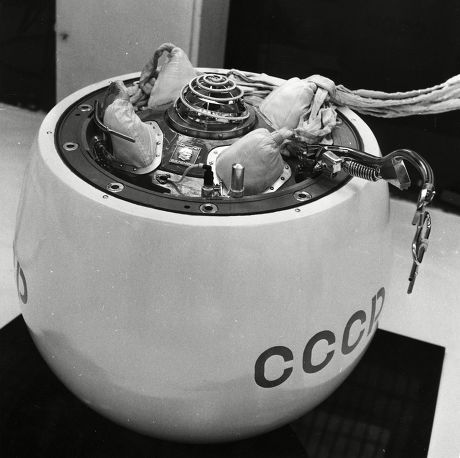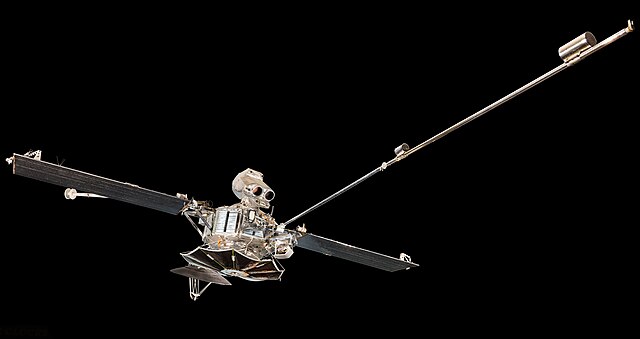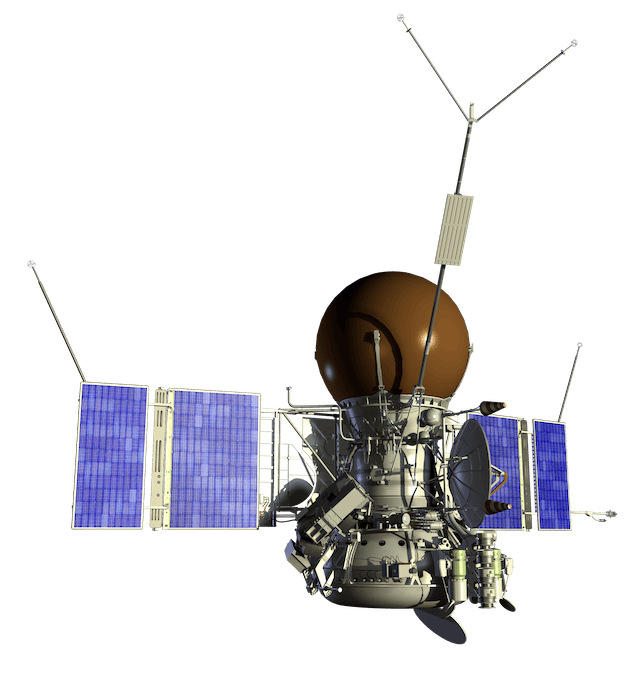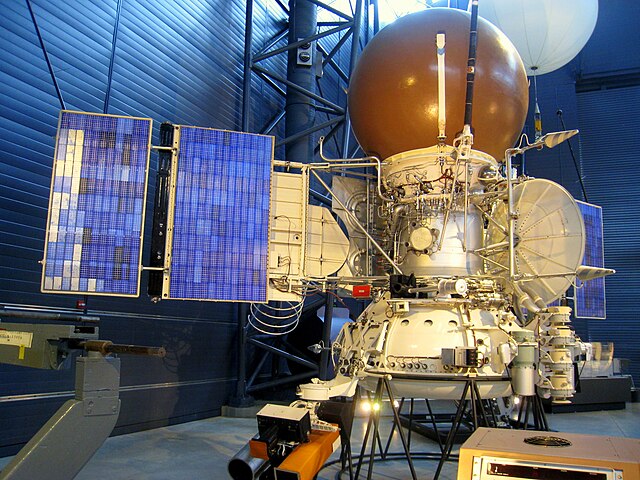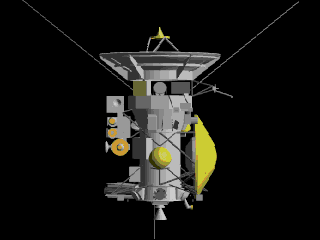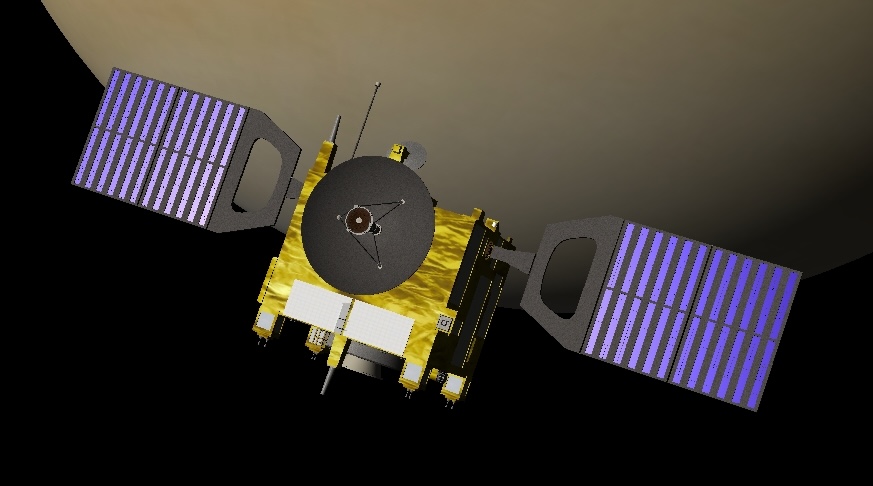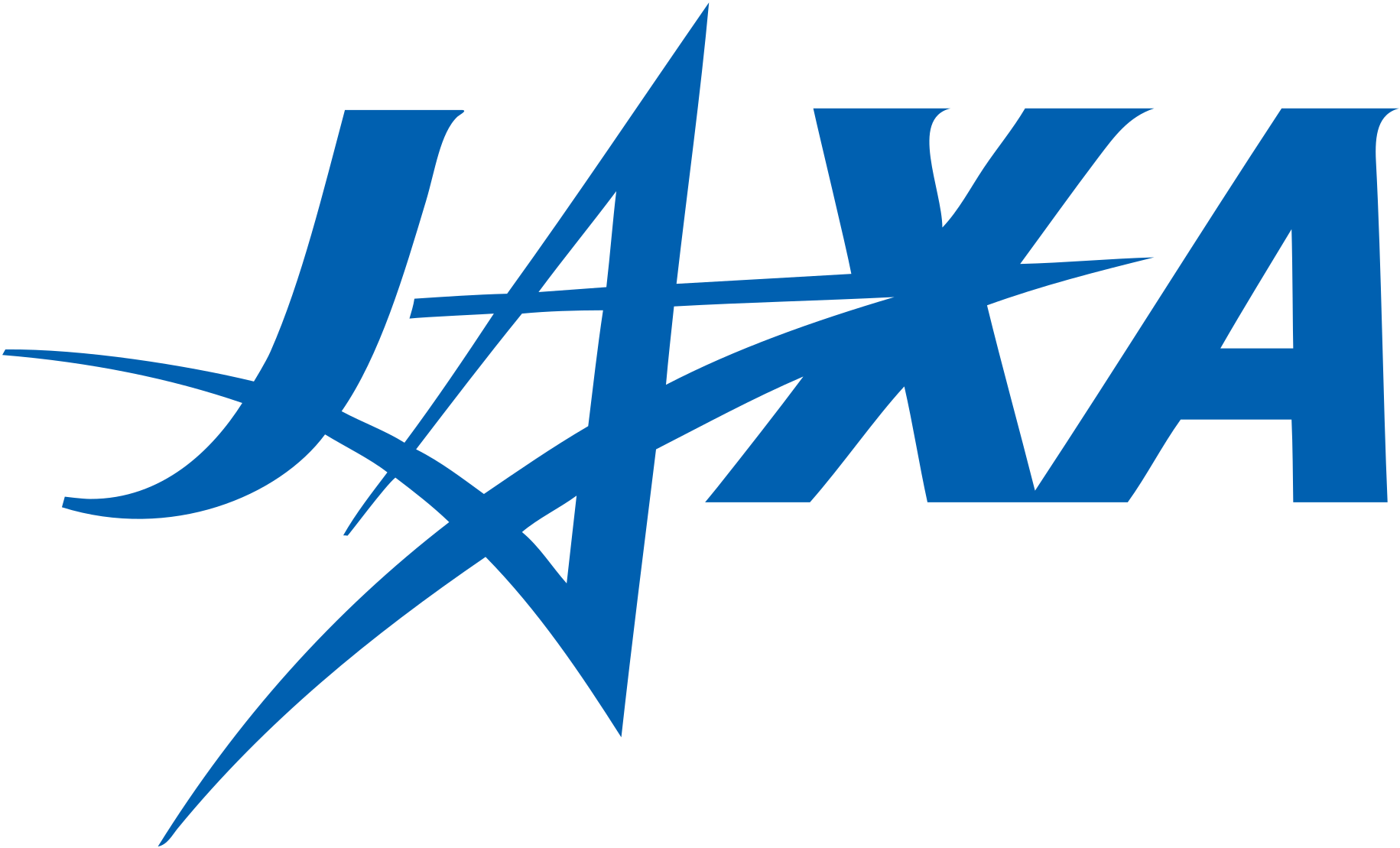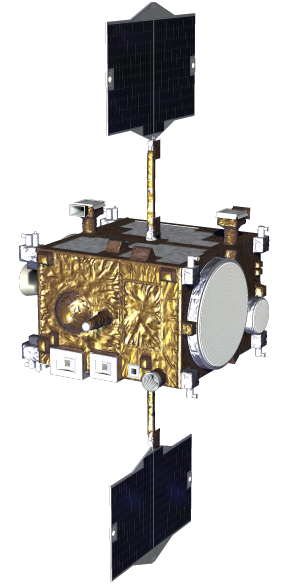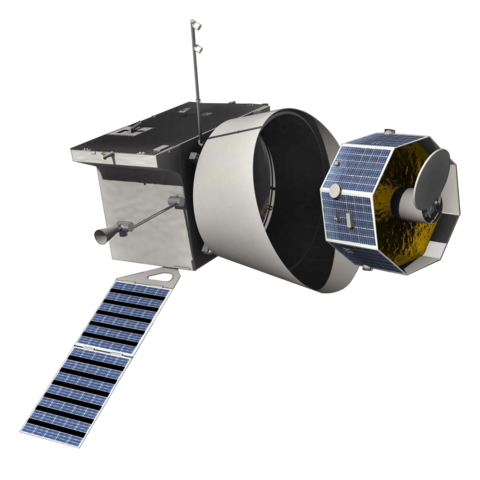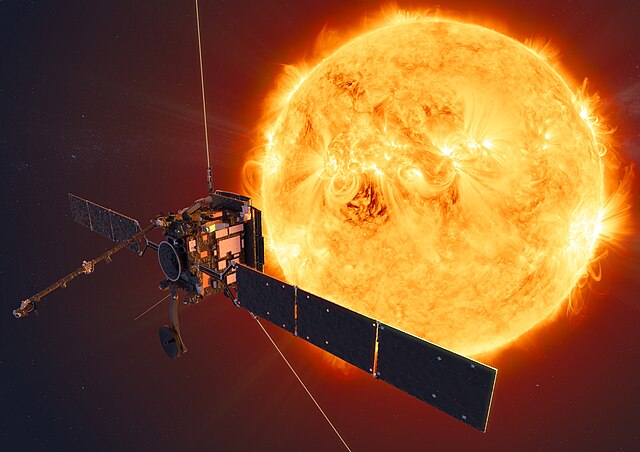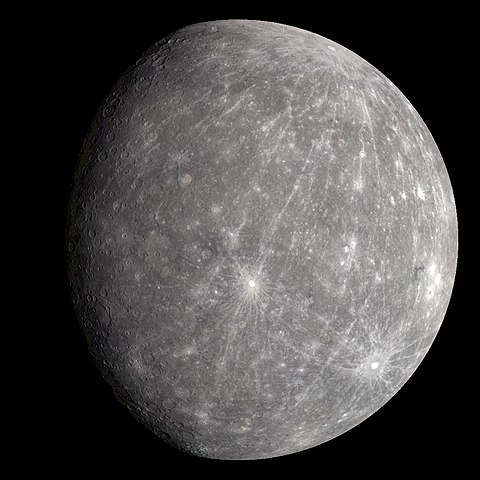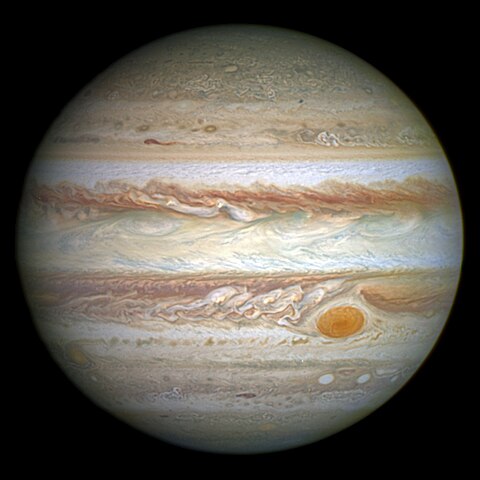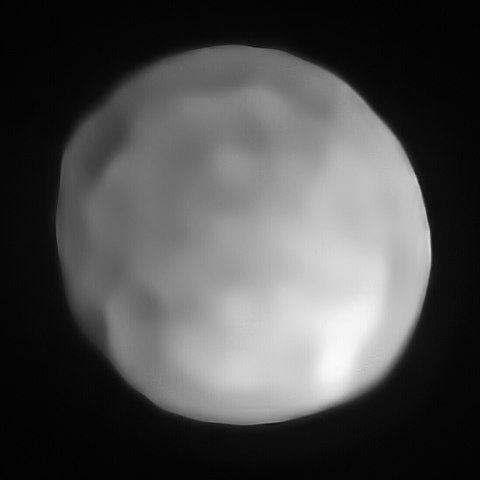1 day / second
0.5 AU
Venus
Planet
A scorching hot rocky planet with thick clouds of sulfuric acid, crushing atmospheric pressure 90 times that of Earth, and a surface hot enough to melt lead due to a runaway greenhouse effect.
Key Facts
orbital regime | Inner System |
learn more | Wikipedia |
mass | 4.8675e+24 kg |
radius | 6,051.8 km |
hill radius | 1,004,294 km |
semi-major axis | 0.723 AU |
eccentricity | 0.007 |
inclination | 3.395º |
longitude of the ascending node | 76.68º |
argument of periapsis | 54.884º |
orbital period | 224.693 days |
sidereal rotation period | 243.02 days (retrograde) |
axial tilt | 2.64º |
surface gravity | 0.904 g |
discovery date | Visible to naked eye since ancient times |
name origins | Named after the Roman goddess of love and beauty |
albedo | 0.689 |
material composition | Rocky terrestrial planet with thick atmosphere mainly composed of carbon dioxide |
density | 5.243 g/cm³ |
Gallery
Spacecraft Visits
Mariner 2
Flyby
Launched in 1962, visited in 1962
Mariner 2 became the first spacecraft to successfully fly by another planet when it passed within 34,773 kilometers of Venus on December 14, 1962, confirming the planet's extremely hot surface temperature and dense atmosphere.
Venera 7
Lander
Launched in 1970, landed in 1970
Venera 7 became the first spacecraft to successfully land on Venus and transmit data from its surface on December 15, 1970, operating for 23 minutes in the extreme heat and pressure before failing.
Mariner 10
Flyby
Launched in 1973, visited in 1974
Mariner 10 used Venus' gravitational field for a gravity assist maneuver on February 5, 1974, becoming the first spacecraft to use this technique while also capturing the first close-up ultraviolet images of Venus' clouds.
Vega 1
Lander
Launched in 1984, landed in 1985
Vega 1 landed on Venus on June 11, 1985, deploying scientific instruments that operated for 56 minutes under intense atmospheric pressure before succumbing to the extreme surface conditions.
Vega 2
Lander
Launched in 1984, landed in 1985
The Vega 2 lander successfully touched down on Venus on June 15, 1985, operating for 57 minutes in the harsh surface conditions while collecting data on atmospheric composition and surface characteristics.
Magellan
Orbiter
Launched in 1989, entered orbit in 1990
After entering orbit around Venus in August 1990, Magellan mapped 98% of the planet's surface using radar imaging over three mapping cycles, revealing a landscape dominated by volcanic features and impact craters before deliberately plunging into the atmosphere in 1994.
Cassini
Gravity Assist
Launched in 1997, visited in 1998
Cassini performed its first Venus flyby on April 26, 1998, passing within 176 miles of the planet's surface to receive a gravity assist that would help propel it toward Saturn.
Venus Express
Orbiter
Launched in 2005, entered orbit in 2006
Venus Express orbited Venus for eight years studying its atmosphere and surface features, becoming the longest-serving Venus mission before its fuel was depleted in 2014 and it burned up in the planet's atmosphere in January 2015.
MESSENGER
Gravity Assist
Launched in 2004, visited in 2007
MESSENGER conducted its second planetary flyby of Venus on June 5, 2007, passing within 338 kilometers of the surface at 23:08 UTC to gain a gravity assist that would help set its trajectory toward Mercury.
IKAROS
Flyby
Launched in 2010, visited in 2010
IKAROS completed a successful flyby of Venus on December 8, 2010, becoming the first spacecraft to demonstrate solar sail technology in interplanetary space while measuring Venus's magnetic field and plasma environment.
Akatsuki
Orbiter
Launched in 2010, entered orbit in 2015
After missing its first Venus orbital insertion attempt in 2010, Akatsuki successfully entered orbit around Venus on December 7, 2015, becoming the first Japanese spacecraft to orbit another planet and beginning its mission to study the Venusian atmosphere.
Parker Solar Probe
Gravity Assist
Launched in 2018, visited in 2018
Parker Solar Probe performed its first Venus flyby on October 3, 2018, passing 1,500 miles above the planet's surface to adjust its trajectory for future solar encounters.
BepiColombo
Gravity Assist
Launched in 2018, visited in 2020
BepiColombo performed its first Venus flyby on October 15, 2020, passing within 10,720 kilometers of the planet to adjust its trajectory for its eventual Mercury orbit insertion.
Solar Orbiter
Gravity Assist
Launched in 2020, visited in 2020
Solar Orbiter performed its first gravity assist maneuver at Venus on December 27, 2020, passing within 7,448 kilometers of the planet to reduce its orbital period and increase its orbital inclination.
Jupiter Icy Moons Explorer
Gravity Assist
Launched in 2023, visited in 2025
The Jupiter Icy Moons Explorer (JUICE) made a close approach to Venus on August 9, 2025, using the planet's gravity to adjust its trajectory and help propel it towards Jupiter.







